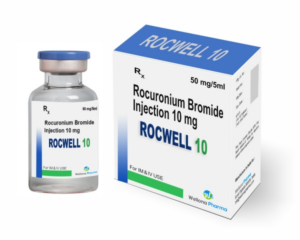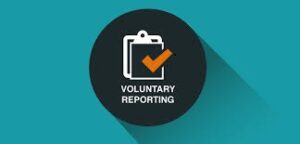The Malaysian Health Authority-National Pharmaceutical Regulatory Agency (NPRA), Ministry of Health Malaysia released a new drug safety alert for rocuronium.

Rocuronium is an amino steroid non-depolarizing neuromuscular blocker or muscle relaxant which is indicated as an adjunct to general anesthesia to facilitate endotracheal intubation, provide skeletal muscle relaxation during surgery and facilitating mechanical ventilation in adults, children and infant.

Kounis syndrome is described as an acute coronary syndrome associated with an allergic reaction secondary to histamine-induced coronary artery spasm. There are three (3) types of Kounis syndrome:
- Type I is seen in patients with no coronary artery disease and an anaphylaxis induces a coronary spasm.
- Type II occurs in patients with coronary disease, with pre-existing atherosclerotic disease.
- Type III is in patients with drug-eluting stent thrombosis.
In March 2020, the National Pharmaceutical Regulatory Agency (NPRA) received information from the European Medicines Agency (EMA) regarding the association of rocuronium with the risk of Kounis syndrome.
EMA’s CMDh scientific conclusion:
In EudraVigilance (European Adverse Drug Reactions database), 16 case reports were identified of Kounis syndrome associated with rocuronium use with possible confounding factors such as multiple medication administration or underlying medical history. Four case reports of Kounis syndrome have confirmed hypersensitivity to rocuronium, i.e. positive skin prick test. Two case reports are from literature source which described a positive rechallenge of Kounis syndrome with rocuronium. One of these cases reported that a skin prick testing was performed and revealed a positive result for rocuronium bromide but negative to the other drugs administered.
EMA’s safety review (Pharmacovigilance Risk Assessment Committee, PRAC) team identified a reasonable time relationship between rocuronium administration and Kounis syndrome (temporal relationship). Based on the available safety evidence and taking into account of potentially life-threatening course of Kounis syndrome, safety review team (PRAC) proposed to update the product information of rocuronium containing medicinal products to add Kounis syndrome under adverse reaction section with the frequency ‘not known’. The CMDh (Co-ordination group for Mutual recognition and Decentralised procedures for human) agrees with the scientific conclusions made by the PRAC. To update product information of rocuronium-containing products with Kounis syndrome, with the frequency ‘not known’.
Safety Evidence (Case reports) at NPRA national database:
NPRA has received 53 case reports with 70 adverse events suspected to be related to rocuronium. No event regarding Kounis syndrome has been reported from Malaysian case reports. However, three (3) cases of anaphylactic shock and three (3) cases of anaphylactic reaction have been reported.
Advice for Healthcare Professionals:
- Advise patients to inform their doctor immediately if they have history of unusual allergic reactions or chest pain of unknown cause.
- Be alert on the risk of Kounis syndrome associated with the use of rocuronium products.
- Consider the diagnosis of Kounis syndrome if patients simultaneously develop hypersensitivity reaction and acute coronary syndromes during or after the administration of rocuronium.
- Report all adverse events suspected to be related to the use of rocuronium to NPRA.
Voluntary Reporting:

Health care professionals and consumers are advised to report any suspected adverse reactions or experienced with the use of rocuronium to the Malaysian health authority by online voluntary reporting facility through ADR web form. This will facilitate in accumulation of the more evident safety data which could expedite the regulatory actions by NPRA.